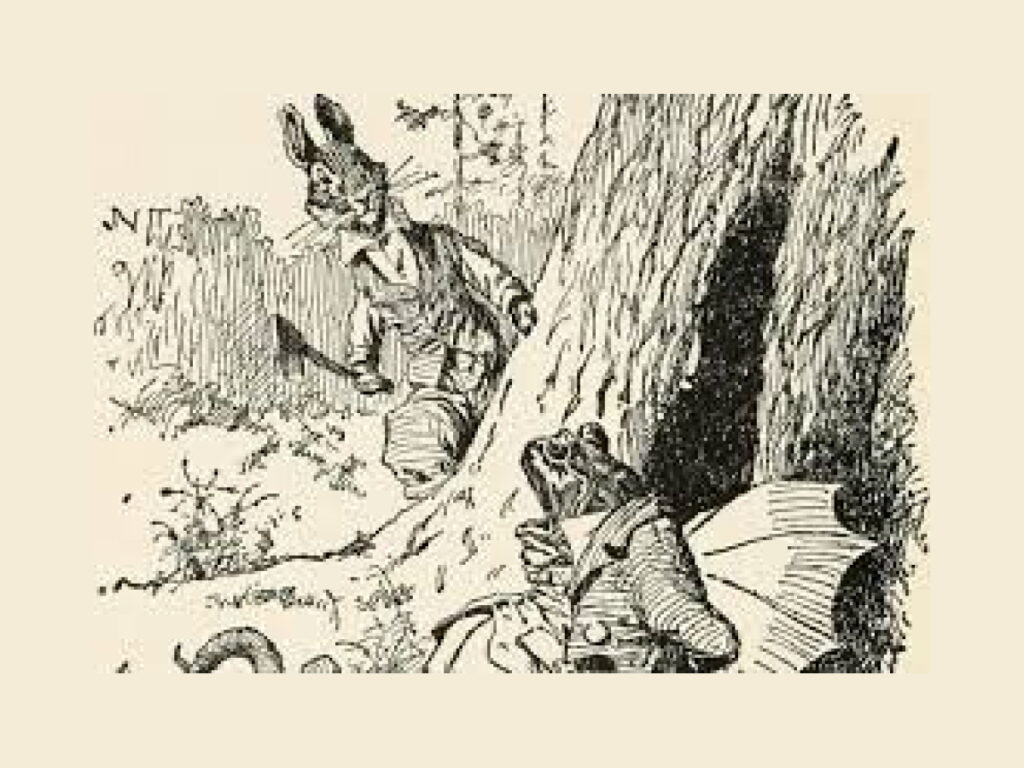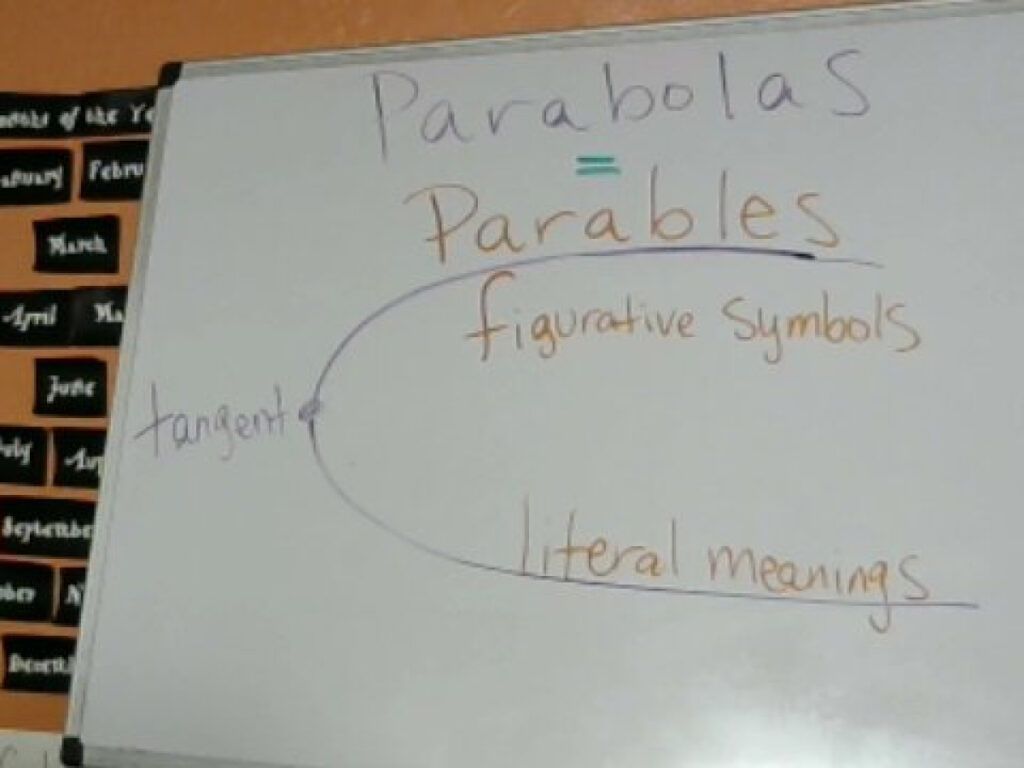You’ve been there — algebra, trig, or calculus class. You’re probably there, now (which means that you should be paying attention to your teacher, instead of reading this blog post).
There’s an equation on the board. The teacher’s solving it.
You see variables, exponents, and coefficients, and you’re taking notes, but you don’t know what you’re doin’, and you’re worried that you still won’t know come test time.


Well, let’s try thinking about parabolas from a language-based perspective.
Why, Kenisha, what do you mean?
Let me show you.
Let’s get busy getting you over your academic, professional, or personal hurdles.

When someone says “parabola”, this is what you’re prone to picturing:
If you speak Spanish, though, you probably know “parabola” to mean something else. In Spanish, “parabola” means “parable.” In Spanish, “parabola” also refers to the math version of “parabola”, but I want you to focus on the language version.
Remember: parabola = parable
Well, what is a parable?
A parable a short, metaphoric story used to teach a lesson. It’s a fable, but — unlike fables — parables feature humans. Fables feature animals.

This is the parable of the sower.
parable – a metaphoric story featuriing humans.

This is a Brer Rabbit fable.
fable – a metaphoric story featuring animals.
In parables, there are figurative symbols.
Figurative Symbols = 1 Arc of Parabola

In parables, there are literal meanings. Literal Meanings = 1 Arc of Parabola

In parables, the symbols and meanings come together to teach a moral.
The moral of the story = tangent.
Figurative Symbols & Literal Meanings Come Together at Tangent

For a clearer explanation, check out the video.
For a clearer explanation, check out the video.